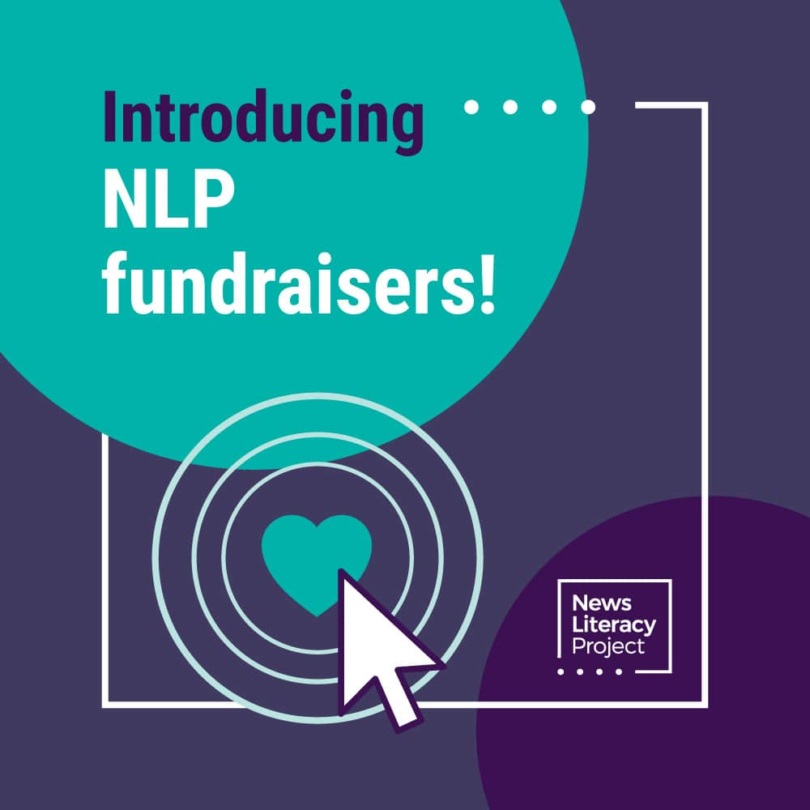GSAN: Missing people and media bias | George Clooney fake t-shirt | Political cartoons ending?
|
|
|
Learn about news literacy this week |
|
Top picks
|
|
Viral rumor rundown Video of protest in Romania is from 2017, unrelated to vaccines 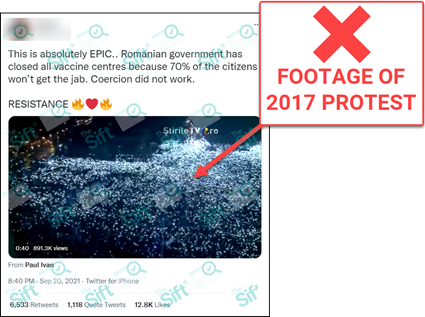 NO: The video in this tweet does not show an anti-vaccine protest in Romania. YES: It shows footage from Televiziunea Română, a Romanian public television network, of anti-corruption protests in Bucharest, Romania, in February 2017. Haitian migrants didn’t kneel wearing “Biden please let us in” t-shirts 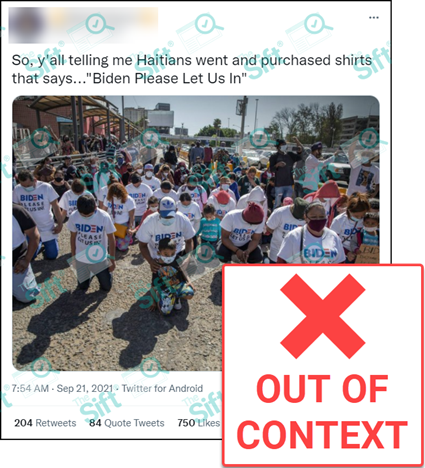 NO: The photo in this tweet does not show a group of Haitian migrants at the Texas-Mexico border wearing “Biden please let us in” t-shirts in September 2021. YES: It shows a group of migrants at a border crossing at Tijuana and San Diego wearing shirts with the same wording and was taken on March 2, 2021. Actor George Clooney didn’t wear this anti-MAGA t-shirt ![A Facebook post of a photo of the actor George Clooney wearing a t-shirt that reads “Losers in 1865 [next to a Confederate flag], Losers in 1945 [next to a Nazi flag], Losers in 2020 [next to a red MAGA hat].” The News Literacy Project added a 'Doctored Image' label and an inlaid image of Clooney's authentic shirt, which has a tequila logo on it.](https://newslit.org/wp-content/uploads/2021/09/Clooney-FAKE-shirt-425_UPDATED.png) NO: The actor George Clooney did not wear a shirt that compared MAGA supporters to Confederates and Nazis, calling them all “losers.” YES: The authentic photo of Clooney — which was taken in September 2015, more than five years before the 2020 election — shows that the shirt actually featured a tequila logo. YES: Clooney has been publicly critical of former President Donald Trump in the past. 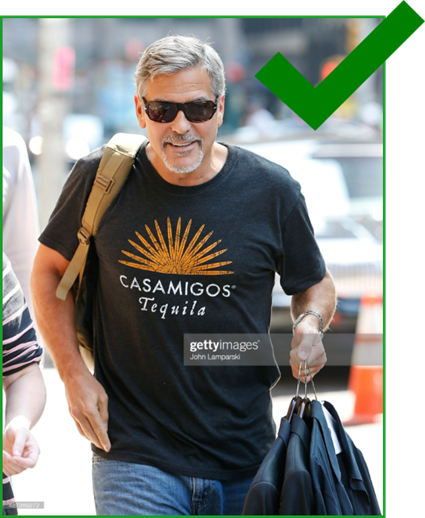 The original photo — taken on Sept. 8, 2015, in New York City by Getty Images photographer John Lamparski — shows that Clooney actually wore a t-shirt with the Casamigos tequila logo. NewsLit takeaway: Printed messages, including those on t-shirts, are particularly easy to alter and should always be approached with skepticism — especially when they spark a strong emotion or confirm your biases. Also, it’s helpful to note that many of the provocative t-shirt designs that have been digitally added to celebrity photos can be found for sale online. In this case, not only is the “losers” anti-Trump shirt available for purchase, but one of the webpages features the product using a cropped version of the fake Clooney photo. The same product page features a “Keep America Trumpless” t-shirt that was recently added to a photo of the actor Chris Evans: 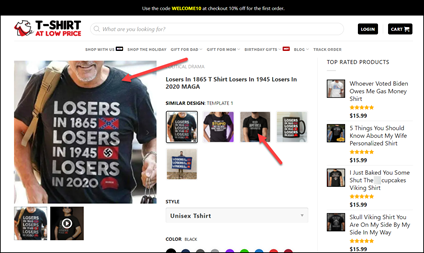 |
 New research suggests positive social feedback motivates people to share conspiracy theories and other misinformation — even when they know what they're sharing is false. (There's no shortage of bogus, "made-to-go-viral" content out there.) Anti-vaccine social media groups are urging people to take increasingly aggressive and dangerous actions, like removing loved ones from ICUs and administering unsafe “vigilante treatments.” Is there a way to actually “fix” social media’s many problems? And an active shooter exercise recently sparked real news reports when participants mistook reporters as part of the drill. (Yikes!) |
|
Thanks for reading! Your weekly issue of Get Smart About News is created by Peter Adams (@PeterD_Adams), Hannah Covington (@HannahCov) and Pamela Brunskill (@PamelaBrunskill), and edited by Mary Kane (@marykkane). |
|

